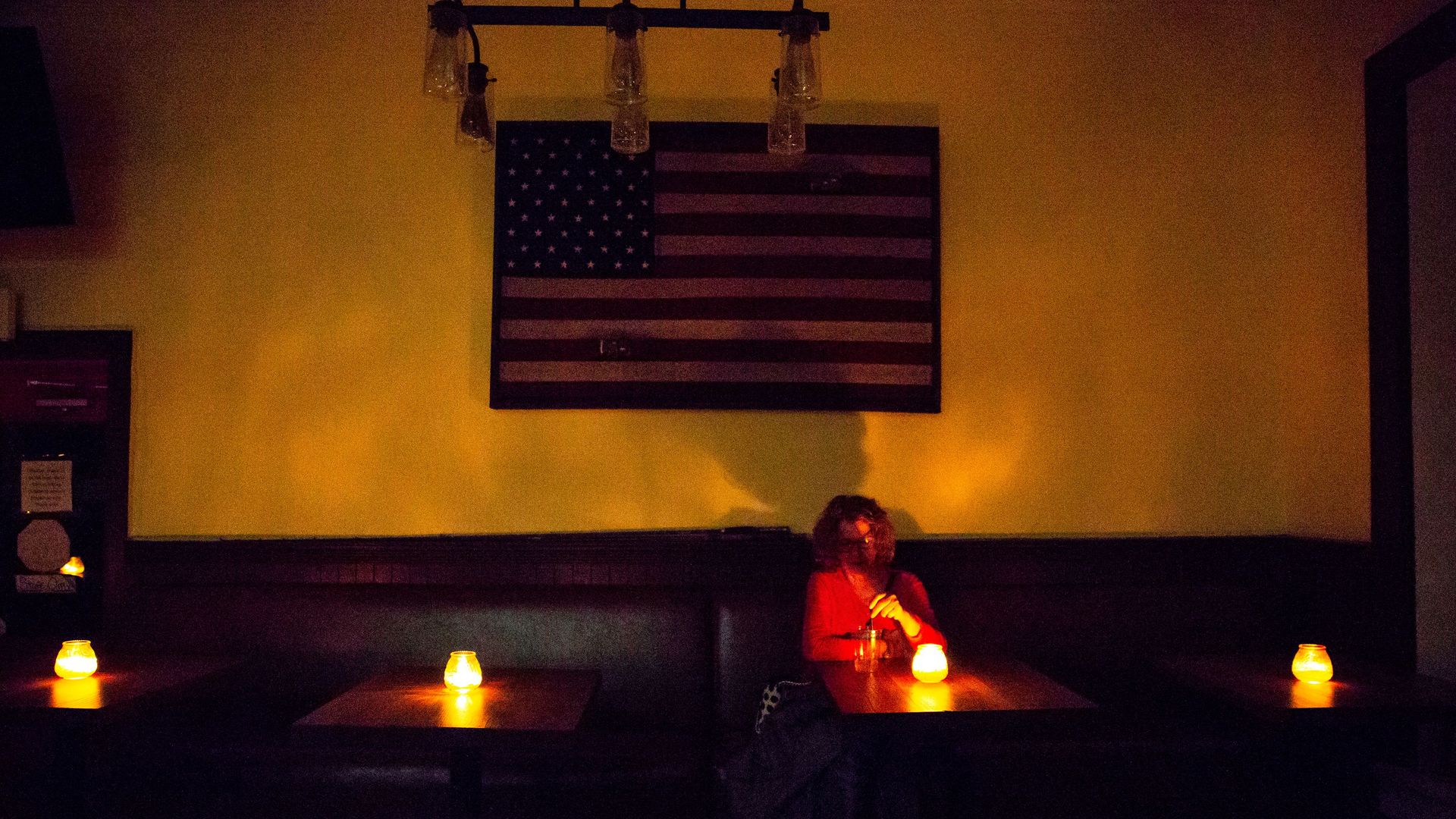much of california's infrastructure is pathetic- the reason there is no coordinated plan across different governaces of this tall state- and precious little federal mapping of how eg overland trade from east to west could be made 21st C fit- ironidally the east big corporations are stuck in industrial mindsets and big box retail while california at is edgiest leads ir4 and the end of bricks/property driving the cost of having an organisatuonal strategy. Perhaps most ironical of all - ad and enetretainment industruies are led out of california- ie east coast bsuiensses spend ever more on advertising ( a west coast livelihood) even as they have ever less uniqueness versus old indutry around the world. East usa main hub of bruillaint tech is boston but for some reason big industry usa doesnt have that good relations with boston either- perhaps its too hard for most amwricans to work out of aplace that can be snowed under 4 months a year ... but lets get back to california
California is by far america's largest economy but pretty isolated geographically =
| Total | United States | 20,865,140 |
|---|---|---|
| 1 | California | 3,018,337 |
| 2 | Texas | 1,818,585 |
| 3 | New York | 1,701,399 |
The inequality of wealth in california is also staggering (i think but cant be summed in one line)
in area California is the third largest state, behind Alaska and Texas, and runs almost 800 miles from north to south. It is not surprising that it offers a contrasting landscape and a diverse topography. California's general coastline is 840 miles long. -thats .longer than north to south of whole of britain
Japan - Location, size, and extent
The total area of Japan is 377,835 sq km (145,883 sq mi). Comparatively, the area occupied by Japan is slightly smaller than the state of California. It extends 3,008 km (1,869 mi) NE – SW and 1,645 km (1,022 mi) SE – NW and has a total coastline of 29,751 km (18,486 mi).there;s hardly a train along its coastal belt- and because of a 1913 law shipping trade along the cast has to be saved by american built ships (an industry us mainly deserted) although trains and boats are the greenest trade and criitcal to supply chains- usa relies on extremely expensive and non-ecological cars and planes- in other words its markets are designed by and for the rich not by and for the sustainability of all the people - california
one of its electricity utilities page went bankrupt last yearas it had to admit that its down electricity lines started sparks that started the wildfire that raised the town of paradise to the ground
the pge and saga continues = thsi ftom axios today
| 1 big thing: PG&E's blackouts make the case for home generation |
 |
Person sitting in a California restaurant lit by candlelight during one of PG&E's shut-offs. Photo: Brittany Hosea-Small/AFP via Getty Images
|
One side effect of California utility PG&E shutting off power to roughly 2 million people to deter wildfires: It's effectively a free ad for distributed generation options.
Driving the news: Check out the Twitter feed of Sunrun, the country's top residential solar provider, and you'll see this message about their battery product...
The big picture: They're not the only distributed energy provider that stands to gain.
Why it matters: Distributed energy is indeed an important part of creating more resilient power systems at a time when climate change is putting more stress on grids.
What they're saying: A Fast Company story last night on the PG&E outages quotes Christopher Burgess of the nonprofit Rocky Mountain Institute making the case for "community microgrids" that combine solar and batteries.
|
No comments:
Post a Comment